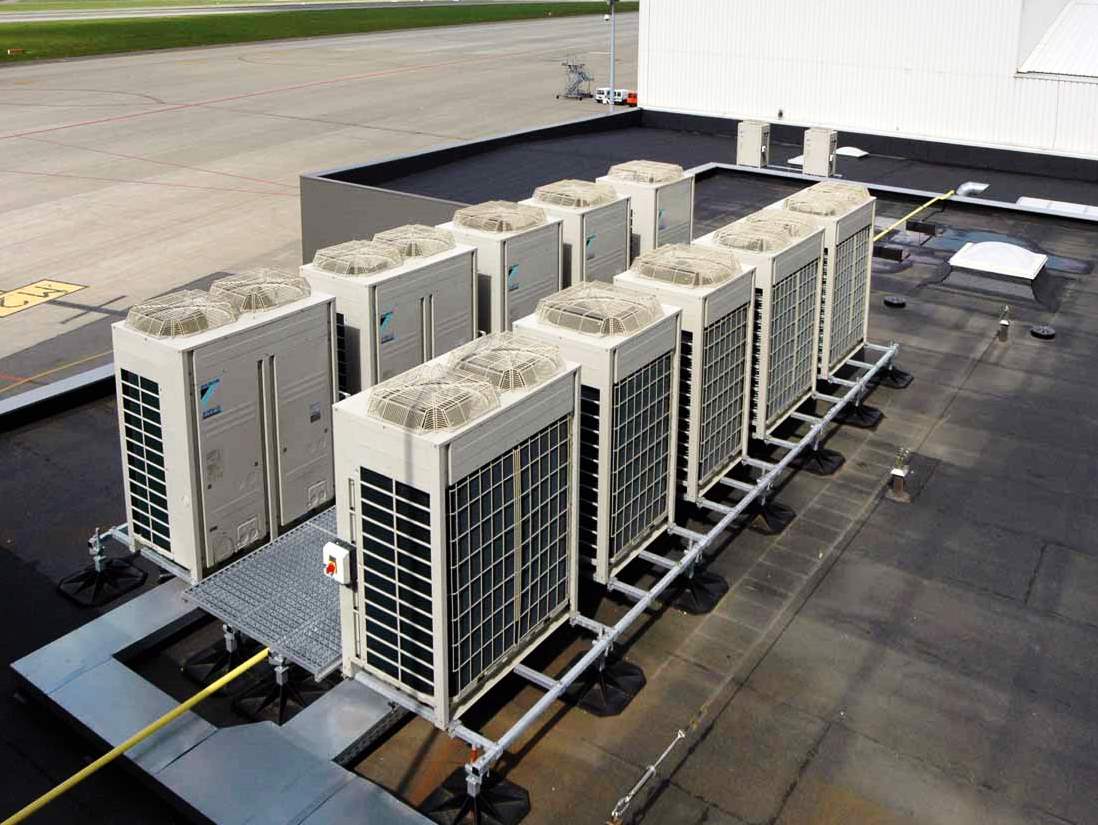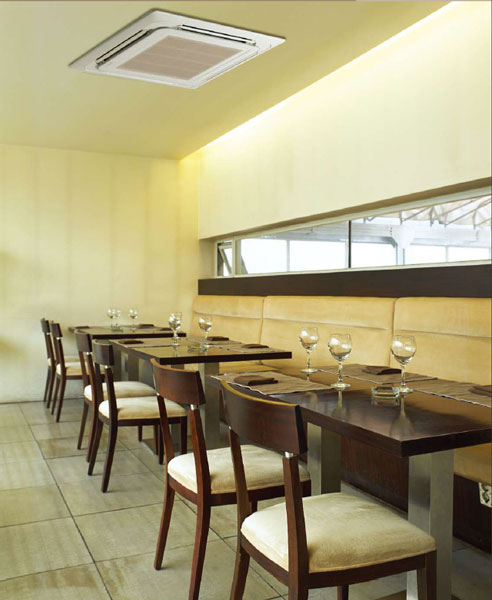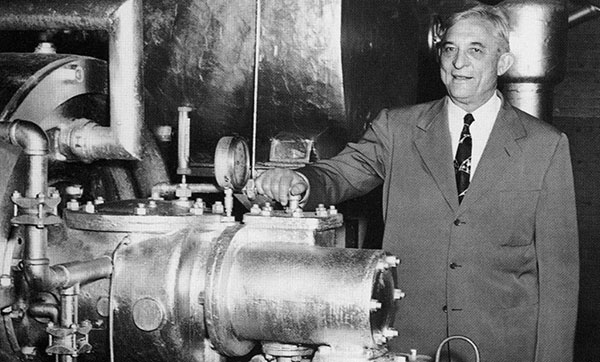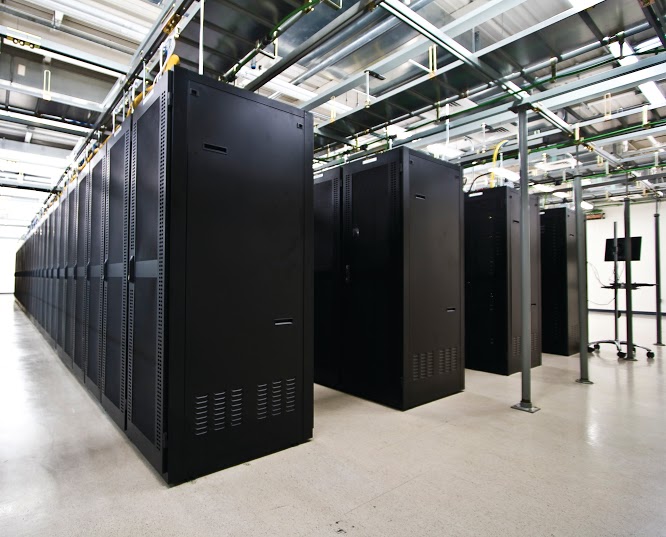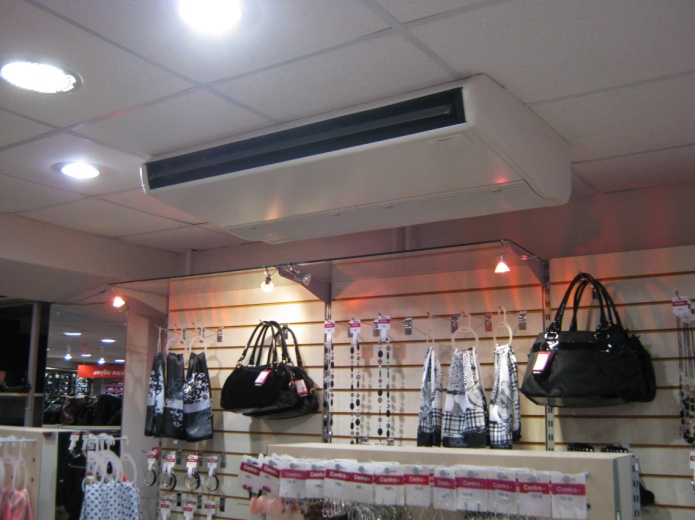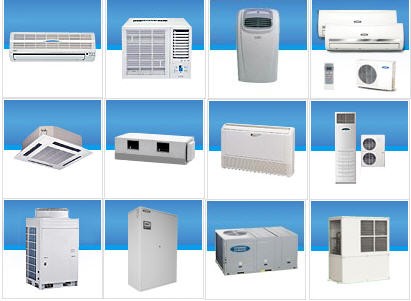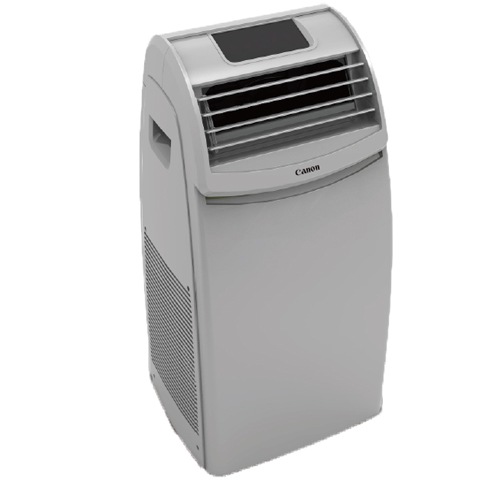Until ten years ago, most buyers had no idea what inverter technology is and what advantages it brings to the consumer. Today, almost half of household and semi-industrial refrigeration machines are manufactured using just such progressive innovations in the design and control of the operation of the cooling device.
And yet, many users still doubt when choosing which air conditioner is better: inverter or conventional, and what is their fundamental difference? Is it worth paying almost half more, or is all the excitement around climate technology of this kind just a smart marketing move without a real advantage?
Differences between inverter split systems from conventional ones
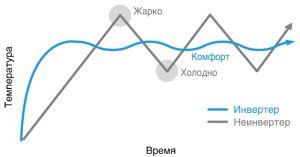
First of all, it is worth understanding what the main differences are between conventional air conditioners, the so-called start-stop models, and inverters.
Principle of operation
The main difference is the principle of operation and the way of controlling the functionality of the compressor.
On / off air conditioners are designed in such a way that their operation is based on on and off cycles. In order to reach the temperature ordered by the user, the temperature sensors of the start-stop split system measure the room air and gradually accelerate the fan and compressor relative to the obtained values. As soon as the specified parameters coincide with the received ones, the system automatically turns off. When the human-programmed levels increase by more than 3 ° C, the device turns on again and begins to gradually cool the room.
Inverter-type air conditioners have completely different algorithms for controlling the operation of the compressor. After the temperature sensor has taken measurements, the compressor begins to rotate at high speed, while reaching maximum power values, and sometimes exceeding the nominal values by 15-20%. As soon as the required temperature is reached, the unit switches to the slow operation mode, in which the compressor rotates less frequently and the power is regulated smoothly. With an increase of 1 ° C, the compressor accelerates slightly and the power potential increases. Thus, there is a constant maintenance of the required temperature in the room, but with different power.
At the heart of the construction of an electrical circuit by inverter air conditioning systems are two reciprocal stages:
- first, alternating current is converted to direct current;
- then the constant is converted back to a variable.
It is due to the second stage that the compressor rotation slows down and the power potential is regulated in a measured mode.
Output power range
Apart from the difference in compressor control, how is an inverter air conditioner different from a conventional air conditioner yet? The second difference follows from the first difference - the range of the output power.
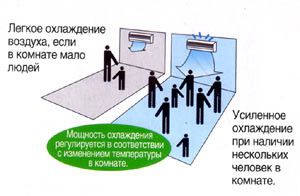
On / off models have fixed (nominal) power potential values that remain unchanged during operation. If for the "nine" this figure is 2.5 kW, then it will cool with such indicators. In air conditioners with inverter drive type, the power varies depending on the load. The range of the same "nine" can vary from 0.5 to 3.0 kW, with an average of 2 kW.It turns out that the difference lies not so much in the characteristics at peak loads, as at integral ones.
From this we can conclude that an air conditioner with a linear drive (on / off) is a device with a constant cooling capacity, while an inverter one with a variable.
Generally, the wider the power output range of the inverter air conditioner, the more accurately the set temperature will be maintained in the room.
Energy efficiency class and control board
Another difference between an inverter air conditioner and a conventional air conditioner is the increased energy efficiency ratio. Some manufacturers, such as DAIKIN and MITSUBISHI ELECTRIC, have reached maximum levels of 4-5 kW.

All control algorithms are embedded in a stationary control board, which is installed in an external unit for inverter split systems. It is a complex set of electrical microcircuits that are responsible for the "intelligence" of the machine.
In addition to the board, inverter technology in air conditioners involves advanced floating rotor compressors or SCROLL compressors, as well as DC motors. More often in such units, two types of motors are used: an electric motor with permanent magnets in the compressor or DC electric motors in fans.
Thanks to the smart board, which is responsible for the entire operation of the device, inverter-type air conditioning systems can be filled with a more original "filling" in the form of:
- functions of accounting for weather conditions;
- complex self-diagnosis system;
- protective mechanisms in case of power outages;
- an extended range of operating temperatures for both cold and heat;
- various sensors for tracking the movement of the console or a person around the room.
As a rule, it is the inverter that is equipped with a more complex cleaning system, which may include several filtration stages:
- mechanical;
- electrostatic;
- absorption;
- bactericidal;
- photocatalytic.
Some manufacturers supply their HVAC equipment with seven filtration stages. Some trap visible particles of dirt, dust, wool, others disinfect the passing air, and still others deodorize it. Although the same cleaning system can be completed with any split start-stop type.
The whole point of the rich functionality and options is to make inverter air conditioning systems look more perfect in comparison with their competitors, and the "bells and whistles" themselves, in fact, have nothing to do with the difference between start-stop and inverter models.
Advantages and disadvantages
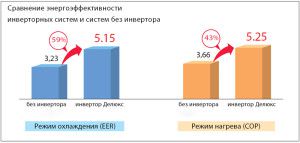
With the main differences, everything became clear, but which air conditioner is better for the consumer: inverter or conventional, what are the positive qualities of both?
The former have much more advantages than the latter. These include a whole list of features of the work and the results obtained:
- Inverter machines reach the required temperature much faster, since they can work for a short time in conditions of increased power, exceeding the nominal values of cooling capacity specified in the technical documentation;
- They more accurately maintain the temperature already reached, since they have a wide range of output power;
- Such a split system never blows in the cooling mode with too cold air, while the on / off model at the beginning of operation produces flows with a temperature of 9-11 ° C;
- Since the fan motor and compressor rotate less, these devices almost do not make noise or vibrate;
- Inverter technology in air conditioners can significantly improve seasonal energy efficiency. Models with this compressor control can comply with the latest European standards A +, A ++, A +++;
- The load on the network is significantly reduced, since the inverters do not have large inrush currents when turned on;
- The wires of the power network are heated several times less;
- Models up to 18 kW use a single-phase power supply in terms of cooling capacity;
- Due to a smooth increase in power and the absence of on / off cycles, a lesser degree of wear of the main working units is observed;
- If the DC-inverter technology is used in the air conditioner, then quite often the unit can operate in winter in the mode of cooling down to -20 ° C and heating up to -15 ° C outside.
The main disadvantage is the high cost of devices "stuffed" with an abundance of progressive electronics. Although in the process of operation, problems such as breakage of the control board and its expensive repair may arise. A common reason for the failure of this element is a higher sensitivity to instability of the supply network than in start-stop models.
Choice
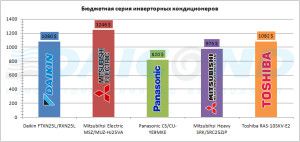
What to look for when choosing an inverter air conditioner, and in what cases is it necessary?
If a person purchases a cooling device according to the principle "it would not be hot / not cold", then a conventional split system will be fine for him. For those who care about the quality of the received coolness / heat, worries about the noise level and does not allow the presence of different-temperature zones in the room, it is better to pay attention to the inverter models. Children's rooms, offices, bedrooms, rooms with non-standard shapes are the places where it is better to install an inverter air conditioner, and not a start-stop one.
Where the refrigeration device will work around the clock, it is advisable to install an inverter. For commercial organizations with high electricity tariffs, it is also better to choose an inverter air conditioner - this will make it possible to save money due to seasonal energy efficiency.
If in a technical room, for example, in a server room, a further increase in the heat load on the same area is expected, then any climatic technician will advise you to opt for an inverter air conditioning system, since it is this system that makes it possible to increase the capacity of the server equipment gradually.
When buying, they pay attention not only to the nominal cooling capacity, but also to the range of the output capacity. Broader boundaries guarantee high quality air handling.
The decisive factors can be the manufacturer of the HVAC equipment and the unit price. Among inexpensive inverter air conditioners, split systems have proven themselves well at the moment. BALLU, LG, MDV, VENTERRA, HYUNDAI... Even companies like MITSUBISHI ELECTRIC, DAIKIN, TOSHIBA, SHARP and PANASONIC produce a line of cheaper splits of this kind. The table below will show examples of inexpensive models of wall-mounted inverter air conditioners from different brands with approximate Yandex Market prices.
| Brand name | Series up to 30 thousand rubles | Series up to 50 thousand rubles |
| BALLU | ECO INVERTER | PLATINUM |
| Lg | MEGA | AURO |
| MDV | R INVERTER | VIDA |
| HYUNDAI | FORSAGE | ARMADA |
| TOSHIBA | SKSX | SKVR |
| DAIKIN | FTXN | FTXS |
Prices may vary depending on the unit size and the number of additional options ordered. It is worth considering that an inexpensive inverter air conditioner does not have as many small settings as a more expensive model.
Installation
Installation of any climatic technology requires an appeal to experienced craftsmen. Although the installation of inverter air conditioners is no different from the same actions with a start-stop split system, it is still not worth undertaking this business on your own, since the risk that all the electronics of such a capricious technique will fail is very high.
Installation costs usually do not depend on the type of air conditioner drive. It is determined by such reasons as the size of the device, the need for a "hidden" installation, laying an additional route, installing anti-vandal devices, ordering a tower and carrying out high-rise work.
Is it worth buying an inverter split system
The main part of users notes in their reviews of inverter air conditioners that these devices:
- I work very quietly;
- cool and heat the air efficiently;
- do not create different temperature zones;
- do not cause problems with unnecessary spending on electricity;
- can be used in winter for heating in mild frost conditions;
- pay off their cost during a couple of hot seasons.
We can say that inverter air conditioners, reviews of which are 99% positive, still surpass their start-stop competitors and are in great demand in the HVAC market.

